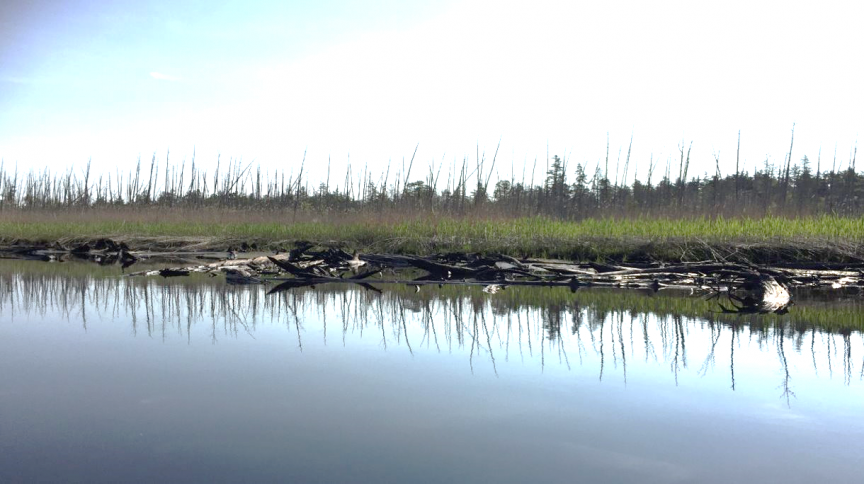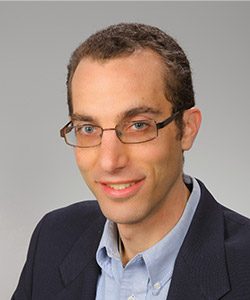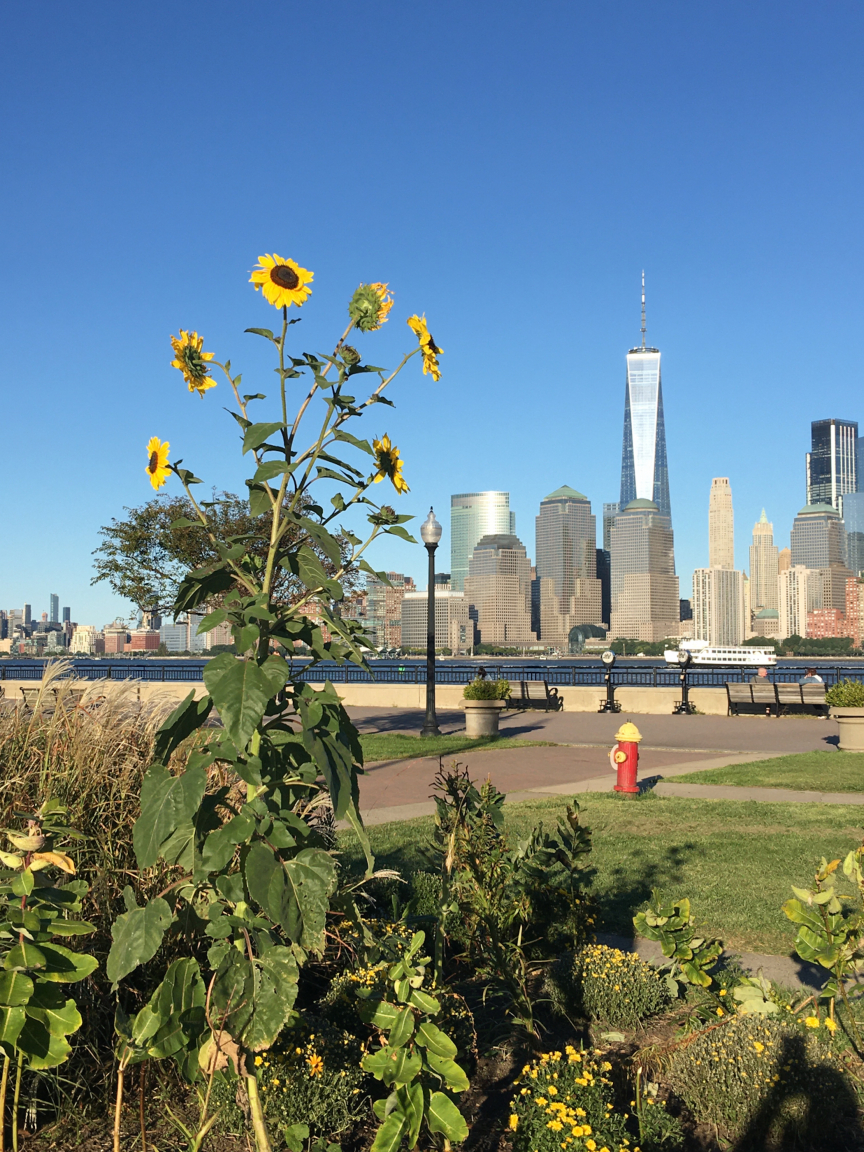Higher groundwater levels from sea-level rise and increased flooding are likely the most important factors Why are “ghost forests” filled with dead trees expanding along the mid-Atlantic and southern New England coast? Higher groundwater levels linked to sea-level rise and increased flooding from storm surges and very high tides are likely the most important factors, according to a Rutgers study on the …
#EOAS in the News: “To Stabilize Climate We Must Fix Democracy First”
In an op-ed in the Star Ledger titled “To Stablize Climate We Must Fix Democracy First,” EOAS Director Robert Kopp wrote, “Barring extraordinary new technologies to hasten the removal of carbon dioxide from the atmosphere, most of the warming we are causing will last for millennia. So we need not only to act decisively to decarbonize the global economy but …
Most Nations Failing to Protect Nature in COVID-19 Pandemic Recovery Plans
Outbreak provides opportunity to reset economy and reverse ecosystem, species losses The COVID-19 pandemic provides an opportunity to reset the global economy and reverse decades of ecosystem and species losses, but most countries are failing to invest in nature-related economic reforms or investments, according to a Rutgers-led paper. Indeed, some countries, including the United States, Brazil and Australia, are back-tracking on …
How to Get a Handle on Carbon Dioxide Uptake by Plants
Combining two tools would boost understanding of climate change How much carbon dioxide, a pivotal greenhouse gas behind global warming, is absorbed by plants on land? It’s a deceptively complicated question, so a Rutgers-led group of scientists recommends combining two cutting-edge tools to help answer the crucial climate change-related question. “We need to understand how the Earth is breathing now …
Indigenous People Vital for Understanding Environmental Change
Rutgers-led research shows how local knowledge can help manage ecosystems and wildlife Grassroots knowledge from Indigenous people can help to map and monitor ecological changes and improve scientific studies, according to Rutgers-led research. The study, published in the Journal of Applied Ecology, shows the importance of Indigenous and local knowledge for monitoring ecosystem changes and managing ecosystems. The team collected more than …







